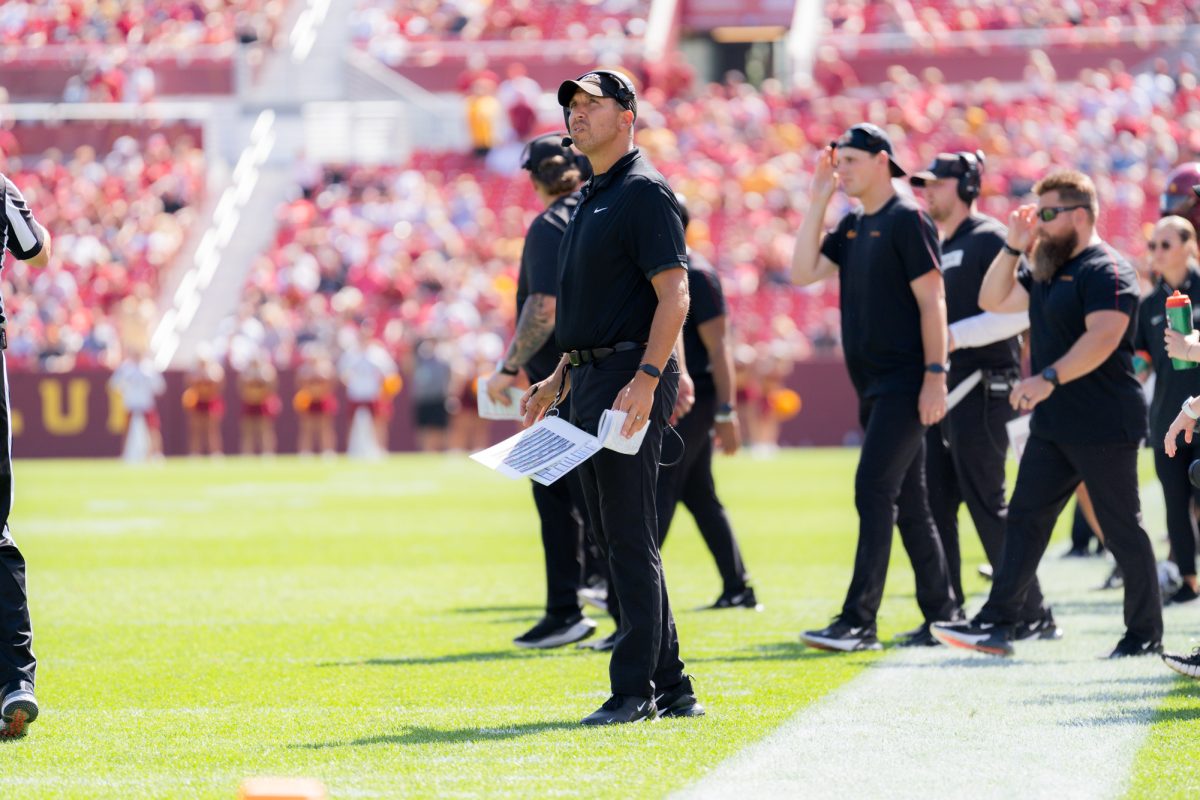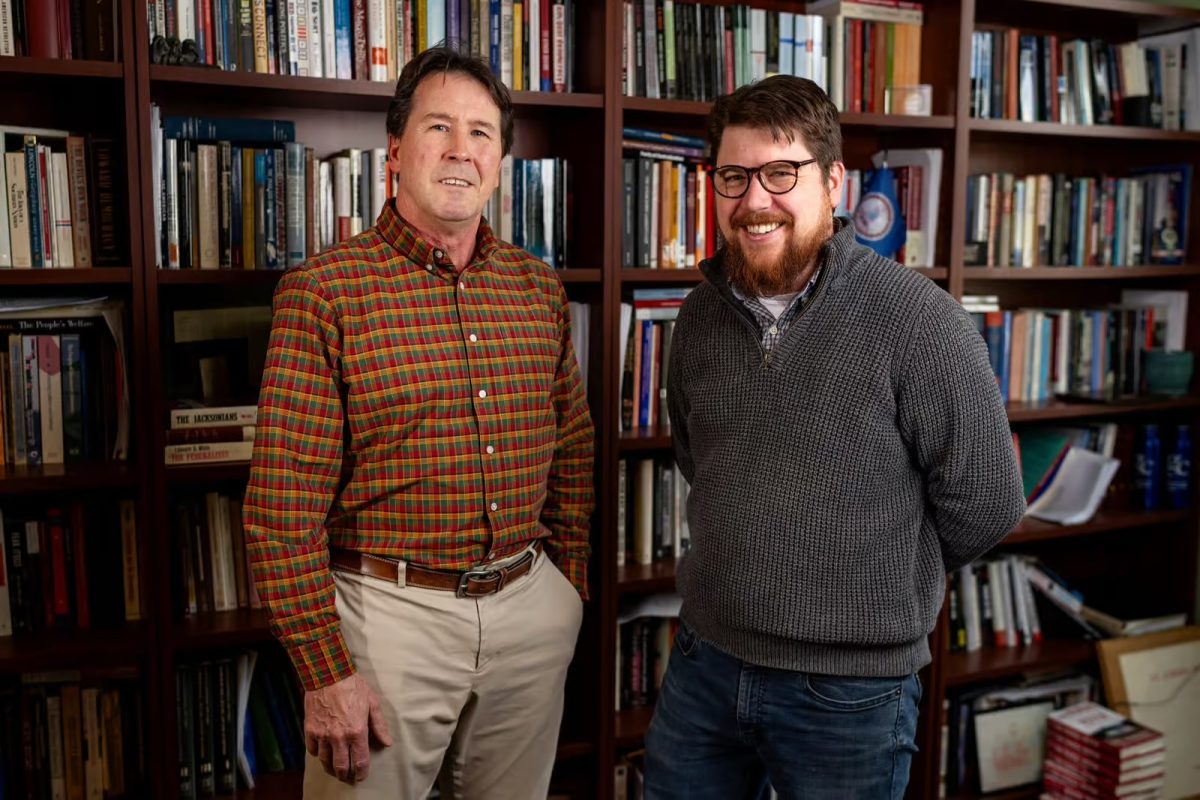Speaker says chemical engineering led to accreditation, professional societies
March 30, 2000
The history of academic accreditation and professional societies is closely related to the birth of chemical engineering, said science historian Terry S. Reynolds during his presentation at the Memorial Union.
Reynolds, president of the Society for the History of Technology and chairman of the Department of Social Sciences at Michigan Technological University, lectured Tuesday evening about the history of chemical engineering and how it affects modern-day accreditation procedures.
“History helps us understand why we are the way we are,” he said.
Reynolds said the process of accreditation universities must go through is a new concept.
“Accreditation is a fact of life in higher education, but that wasn’t always so,” he said. “In fact, it is a unique American phenomenon.”
Not until college officials began recognizing in the late-19th century that they needed to develop a standard of requirements in order to make sure students received the best possible education was accreditation adopted, Reynolds said.
At this time, chemical engineering was not a recognized area of study or a serious profession, Reynolds said. The Massachusetts Institute of Technology (MIT) was the first college to combine the programs of chemistry and mechanical engineering into one program in 1888.
Soon, many other colleges followed, especially land-grant universities such as Iowa State, where a focus on agriculture was key, Reynolds said.
Scholars in the fields of engineering and chemistry refused to take chemical engineering seriously, he said, noting that a scholar at the time said, “Chemical engineers speak chemistry when in the presence of engineers, engineering when in the presence of chemists and politics when in the presence of both.”
Even after establishing a professional society in 1908 called the American Institute of Chemical Engineers, the educators of the program were still discredited, Reynolds said.
“It was one thing to create a chemical engineer but quite another to define one,” he said.
An exhaustive study done by Arthur D. Little in the 1920s prompted chemical engineers to establish a standard accreditation process for a chemical engineering program, he said.
“Accreditation was a way of ensuring that [chemical engineering] passed on to the next generation,” Reynolds said.
Amy Bix, associate professor of history, introduced the speech, which was part of a series titled, “Engineering in a Land-Grant Context,” which is a celebration of the 20th anniversary of the History of Technology and Science Program.






